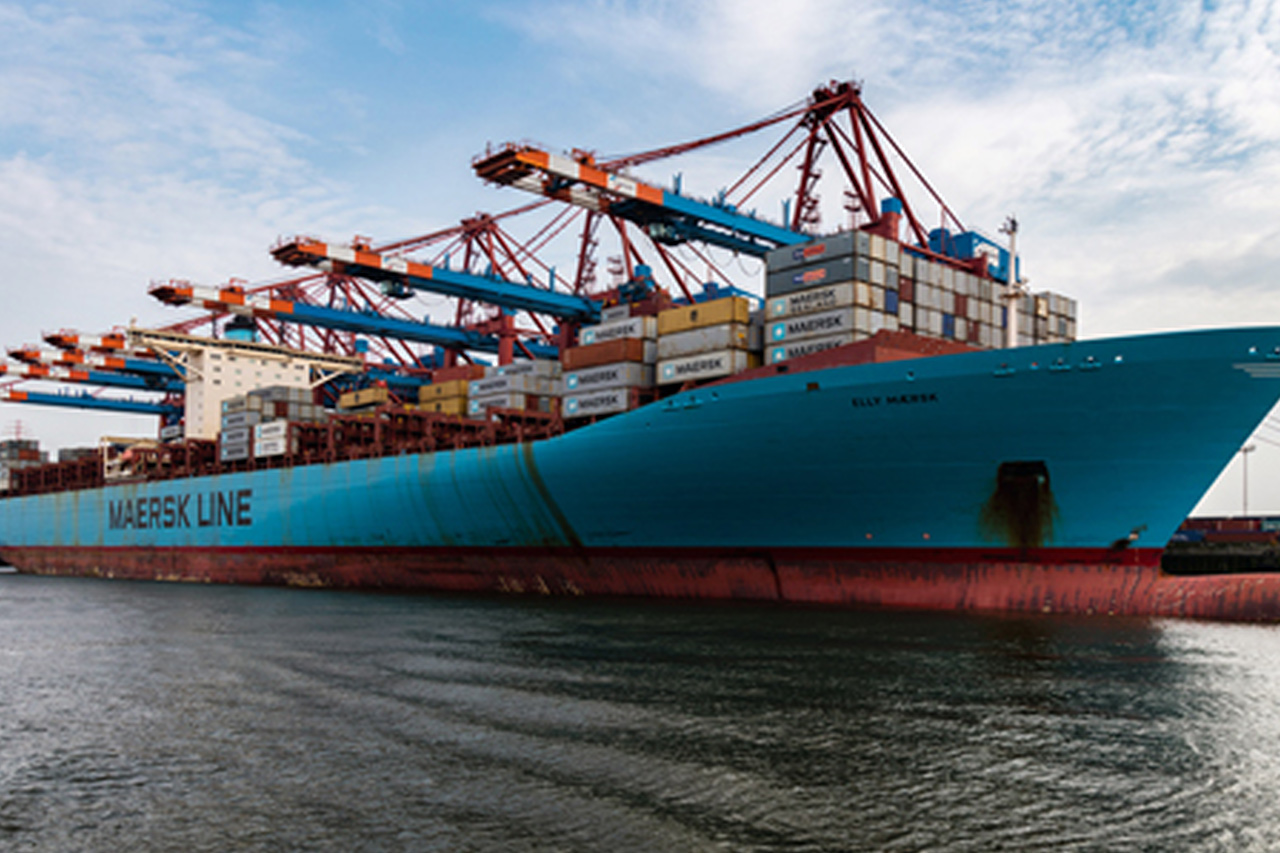1740 results found
Featured results



More results

This tool presented here in an Excel format was designed to evaluate the fulfillment of good corporate governance practices in primarily state owned water and sanitation companies in the region.


The Solomon Islands National Development Strategy 2016–2035 called for greater use of renewable energy generation in the medium term, to service both urban and rural demand. It also called for opening the market to independent power providers.
In 2012, the Hong Kong SAR Government proposed to construct a new 12-storey, circa 59,000 m 2 hospital in Tin Shui Wai to meet a growing demand for health services. The hospital was a complex project owing to the relatively tight timeframe, and modifications that evolved from the specialised user requirements.
This document explains the stages of project development and the level of detail that may be confidently provided to the public at each stage.

This report compares Johannesburg’s Bus Rapid Transit with Its Latin American Siblings

IFC worked with Timor-Leste’s new PPP Unit to deliver a transparent tender process that attracted globally reputable port operators. The key bid variable was the Viability Gap Financing subsidy required by each bidder after a very strict technical pre-qualification
Find out how the Inter-American Development Bank’s latest flagship report offers a sound methodology on ensuring infrastructure development fundamentally transforms people’s lives of people.
Population growth and economic development, aggravated by climate change, will increase pressure on energy and water resources. Integrated planning can make the most of these two essential and scarce resources. Thirsty Energy, a World Bank initiative, helps countries address these issues and ensure sustainable development of both resources. This note focuses on the water needs of the power sector and particularly answers the following questions: Why is this issue important? Do power plants need all that much water? What about other types of plants? What are the challenges? and, What are our options?

The third global report, 2019 Global Infrastructure Investor Survey, also revealed that investor appetite for emerging markets infrastructure is levelling. Respondents identified recent trends in monetary policy normalisation and greater emerging market foreign exchange rate risk as factors that may be driving investors away.
This publication is the result of a scoping study initiated by the Asian Development Bank to better understand the issues associated with the water-food-energy nexus in Asia and the Pacific.


Private investment in infrastructure projects in primary markets has been stagnant for seven years running


Good governance is key to excellence in infrastructure development. These five countries are showing the way.
This paper examines the impact of the STAR highway in the Philippines on public finance.

The Øresund Fixed Link (the Link) is a combined bridge and tunnel link across the Øresund Sound (the Sound) between Denmark and Sweden.
The infrastructure sector needs to make a fundamental shift from built solutions that address singular problems to those that address multiple transformative outcomes.

The study aims to understand the role of specialist investors in UK infrastructure and the impact on performance of vital infrastructure assets over the past decade.



Private infrastructure investment has been stagnant for eight years running, however the number of transactions has been trending up since 2016. This is mainly due to a tripling in the number of solar photovoltaic projects. Unfortunately, their average transaction size is the lowest among all infrastructure sector projects so does not translate to an increase in the total private investment amount.



The number of primary private infrastructure transactions increased by 18% in 2022, the strongest annual growth since 2017, largely driven by strong investor appetite for projects supporting the clean energy transition. However, growth was mostly being driven by high-income countries in North America and Western Europe, with private investment activity in middle- and low-income countries seeing a lot less momentum with volumes on par with pre-COVID levels.


Recently, the GI Hub coordinated a discussion of asset recycling as part of a presentation to fellows of the ASEAN Sustainable Leadership in Infrastructure Program.
This article breaks down the blockers to InfraTech adoption and why they occur. Use this article to deepen your understanding of the repercussions of problems like poorly defined value cases and disparate interests among parties across the timeline.






 InfraOutlook
InfraOutlook







